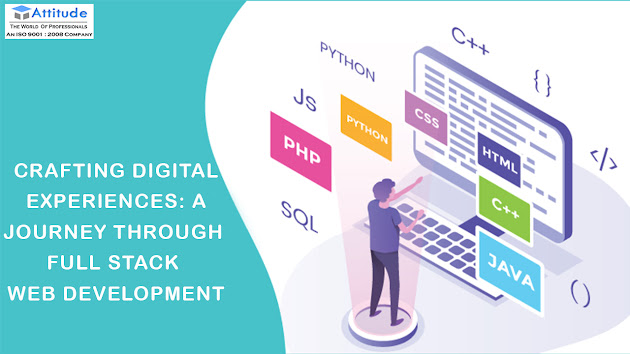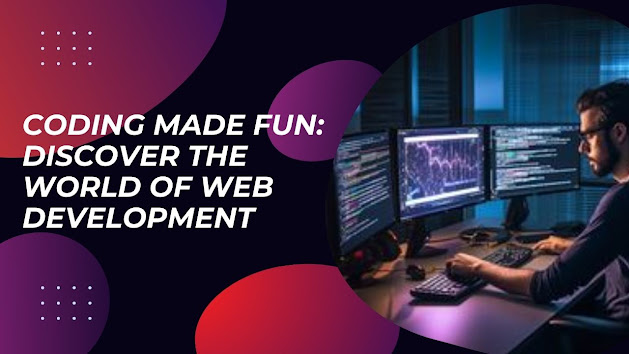Crafting Digital Experiences: A Journey through Full Stack Web Development
Introduction:
In the dynamic landscape of the digital world, crafting
seamless and engaging digital experiences has become paramount. This journey
involves navigating through the intricate realm of Full Stack Web Development,
where the fusion of programming languages
and a keen focus on User Experience (UX) play pivotal roles. Let's embark on a
journey that explores the synergy between these two essential elements.
Programming
Languages: The Building Blocks of Innovation
At the heart of Full Stack Web Development lies a diverse
array of programming languages, each serving a unique purpose in shaping the
digital landscape. From the server-side to the client-side, these languages
form the building blocks of innovation, enabling developers to create dynamic
and responsive web applications.
JavaScript, often hailed as the "language of the
web," takes center stage on the client-side. Its versatility allows
developers to create interactive and user-friendly interfaces. With the advent
of frameworks like React and Vue.js, JavaScript has evolved into a powerful
tool for crafting modern, responsive web applications.
On the server-side, languages like Node.js, Python, and Ruby
provide the backbone for the functionality of web applications. These languages
facilitate the server-client communication, database interactions, and business
logic implementation. Choosing the right combination of server-side and
client-side languages is crucial for optimizing performance and ensuring a
seamless user experience.
User
Experience (UX): Beyond Aesthetics
While programming languages lay the foundation, User Experience (UX)
elevates a digital product from functional to exceptional. UX encompasses the
entire user journey, from the first interaction to the final conversion, and it
involves a delicate balance of aesthetics, functionality, and usability.
In the realm of Full Stack Web Development, creating a
positive user experience involves understanding user behavior, conducting
usability testing, and refining the design iteratively. Responsive design,
intuitive navigation, and accessibility are key components that contribute to
an exceptional user experience.
Frameworks like Bootstrap and Tailwind CSS provide
developers with tools to create visually appealing and responsive designs,
ensuring that web applications look and feel polished across different devices
and screen sizes. Additionally, incorporating user feedback through analytics
and user testing helps in refining and optimizing the user interface for
maximum impact.
The
Synergy: Where Programming Meets Experience
The true magic of crafting digital experiences happens at
the intersection of programming languages and user experience. When these two
elements are harmoniously blended, web developers can create applications that
not only function seamlessly but also delight and engage users.
For instance, the use of asynchronous JavaScript (AJAX) in
combination with server-side languages like Node.js allows for real-time
updates and a smoother user interface. This dynamic interaction enhances the
overall user experience by reducing page reloads and providing instant
feedback.
In
conclusion,
Full Stack Web Development is a journey that involves
mastering programming languages and understanding the intricacies of user
experience. The synergy between these elements is the key to crafting digital
experiences that captivate and retain users. As the digital landscape continues
to evolve, developers who embrace this holistic approach will be well-equipped
to navigate the challenges and opportunities that lie ahead.




Comments
Post a Comment